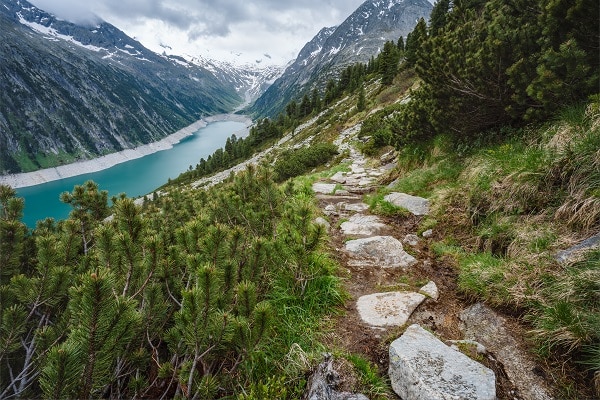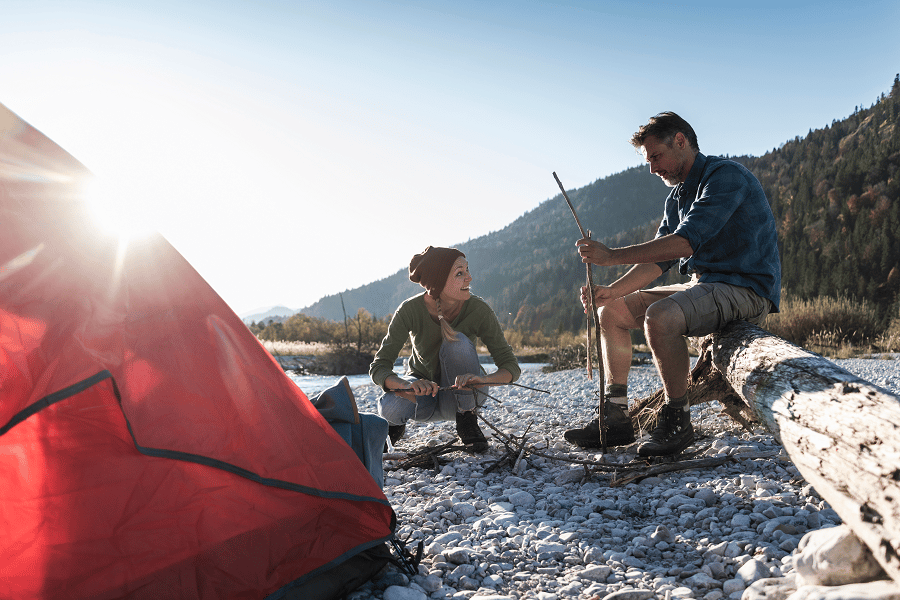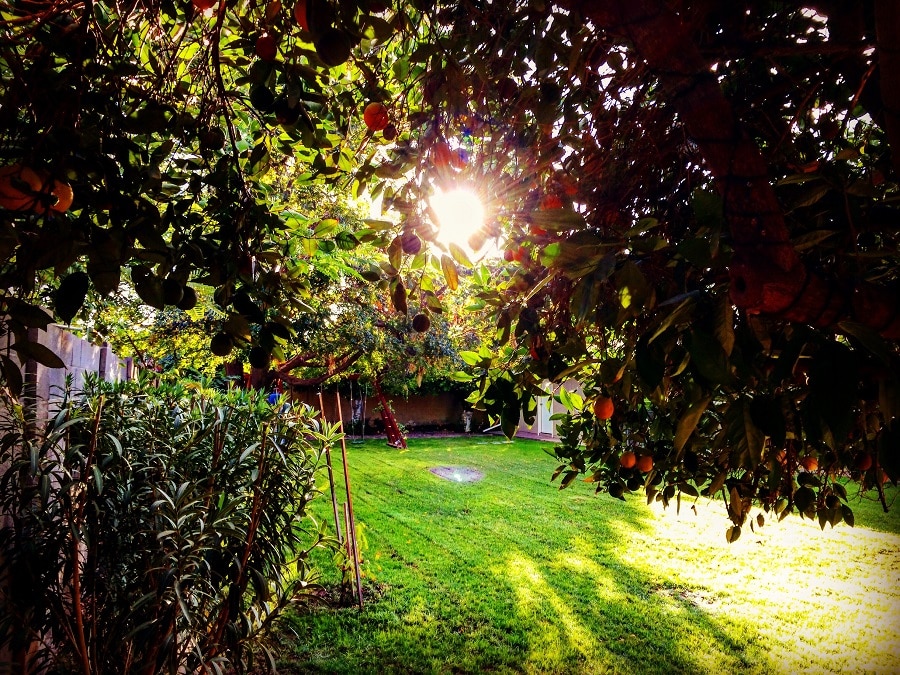If you ever find yourself lost in the wilderness, knowing how to survive is essential. Luckily, you can do many different things to increase your chances of making it out alive. This article will teach you basic tips for surviving in the wild. It will discuss why staying calm and focused is essential in a dangerous situation. As well as ways to find food and water, build a shelter, and much more. By following these tips, you can ensure you are ready if there is a time you need to be.
Contents
Staying Calm And Focused When Stranded In The Wild

It is essential to stay calm and focused when you are out in the wild, which can be difficult when facing an unexpected situation, but it is essential for your safety. When you are calm, you are more likely to think clearly and make decisions that will help you get out of the situation safely. If you panic, you are more likely to make mistakes that could put you in even more danger.
In addition, staying calm will help you conserve your energy and resources, both of which are essential for survival in the wild. So next time you find yourself in a difficult situation, take a deep breath and remember the importance of staying calm and focused. It could mean the difference between life and death.
Tips To Survive In The Wild
Once you can get yourself calm and focused, it becomes time to start thinking about survival in the wild. The following tips will guide you through basic survival skills that can help your chances of making it out alive.
Assess Your Situation

In any survival situation, you first need to assess your situation and figure out what resources you have available to you, which will help you determine your priorities in terms of shelter, water, food, and fire. Once you have a good understanding of your available resources, you can start to develop a plan for how to use them best.
By assessing your situation and developing a plan, you increase your chances of surviving in the wild. For example, if water is scarce, you may need to focus on finding a source of food that doesn’t require cooking or fetching water. If plenty of wood is available, building a shelter may be your top priority.
Finding Clean Water

One of the essential things for survival in the wild is clean water. Unfortunately, it can be difficult to find water that is safe to drink, especially if you are in an unfamiliar area. However, you can do a few things to increase your chances of finding clean water. First, look for running water sources, such as rivers or streams. These are generally safer than stagnant bodies of water, breeding grounds for bacteria.
Second, look for signs of animal life, such as tracks or droppings, which indicates that the area has a reliable water source. Finally, if you are unsure whether the water is safe to drink, boil it before consumption. Taking these precautions can increase your chances of finding clean water in the wild and ensure your survival.
Building A Shelter

If you find yourself in the wilderness without a shelter, building one as soon as possible is important. A shelter will protect you from the elements and even help you stay hidden from predators. The first step is to find a suitable location. Look for an area that’s high and dry, out of the wind, and near a water source. Once you’ve found the perfect spot, it’s time to start gathering materials. Look for sturdy branches, fallen leaves, and anything else you can use to build a shelter.
Once you have all of your materials, it’s time to start building. If you have a tarp or other piece of waterproof material, use it to create a roof for your shelter. Otherwise, build a lean-to by propping branches up against each other. Once you build your shelter, line the floor with leaves or soft materials to insulate yourself from the cold ground.
Finding Safe Food

After a couple of days of being stuck in the wild, you will need food to eat. There are plenty of edible plants and animals, but not all are safe for human consumption. So how can you tell the difference? One way to start is by familiarizing yourself with common poisonous plants. This way, you’ll know which ones to avoid. You should also avoid eating any plant with a milky or sap-like substance, as this is often an indication of poison.
If you’re unsure about a plant, it’s best to err on the side of caution and not eat it. As for animals, you should only eat those you know are safe for human consumption. If you’re unsure, it’s best to avoid them altogether. Larger animals are safer to eat than smaller ones, as they’re less likely to be affected by parasites or other diseases. And when in doubt, cooked food is always safer than raw food.
Building A Fire

Fire is one of the essential tools for survival in the wild. It provides warmth and light and can also be used to cook food, purify water, and signal for help. Building a fire in the wilderness can be challenging, but with a little planning and preparation, it is possible to build a successful fire in almost any situation. The first step is gathering enough tinder to start the fire, which can include dry leaves, grass, paper, or even bark shavings. Once you have enough tinder, you need to find some kindling to help build a fire, which can be small sticks or twigs that will catch fire easily. You can start a fire using two sticks if you don’t have a match or lighter. Rub the sticks together quickly to create friction and heat, eventually igniting the tinder.
Once you start your fire, continue adding small pieces of kindling until it is strong enough to sustain larger logs. Remember that you should never leave a fire unattended and always ensure to extinguish it fully before leaving the area.
Signaling For Help

The final tip is being able to signal for help. There are several ways to do this; the first one will be using the fire you have built. By creating a signal fire, you can attract the attention of passing airplanes or rescue teams. Make sure to use green foliage or an emergency flare to create thick black smoke that will stand out against the surroundings.
Another way to signal for help is to use mirrors or other reflective surfaces, which you can use to reflect sunlight toward passing planes or helicopters. It’s also a good idea to create a signal flag using brightly colored material or clothing, as this can easily be seen from far distances. The important thing is that you get the attention of potential rescuers and make your location known.
Be Prepared To Survive In The Wild!
Surviving in the wild can be daunting, but with proper planning and preparation, you can increase your chances of survival. Remember to never go into the wild under-prepared and always have a plan in case of emergency. Those who know what to take in a survival situation have a much better chance of being rescued and returning home safely. And if you do find yourself stranded, stay calm and use these tips to increase your chances of making it out alive.


